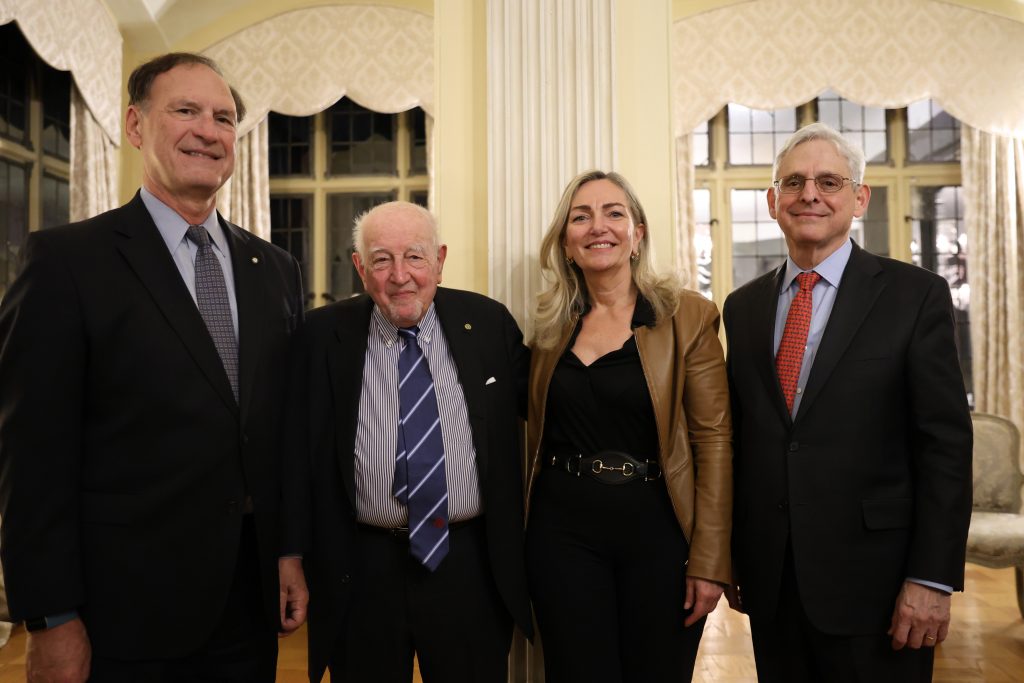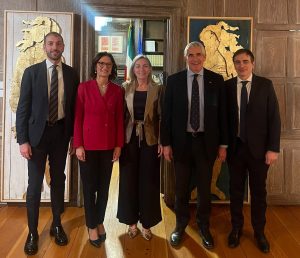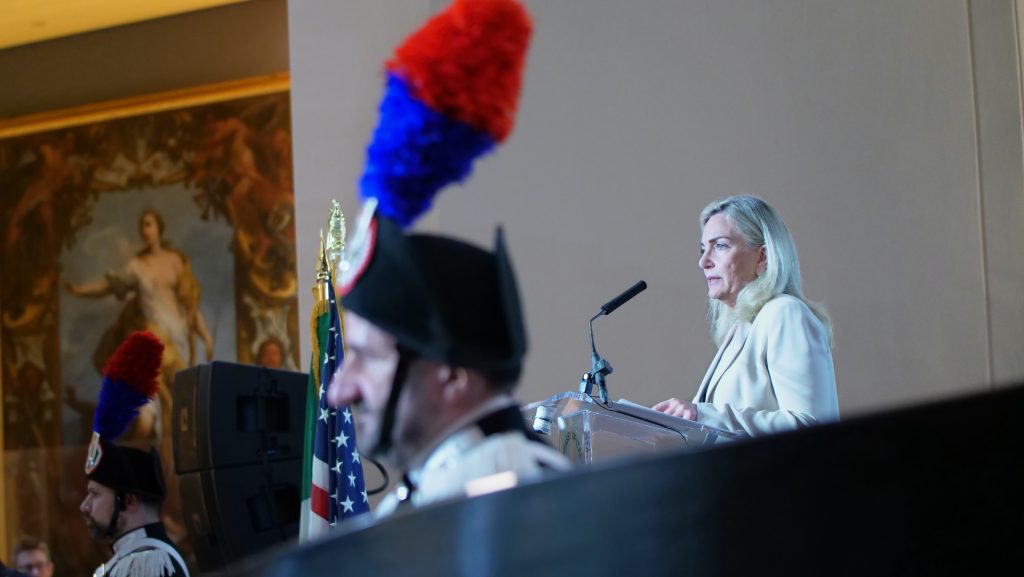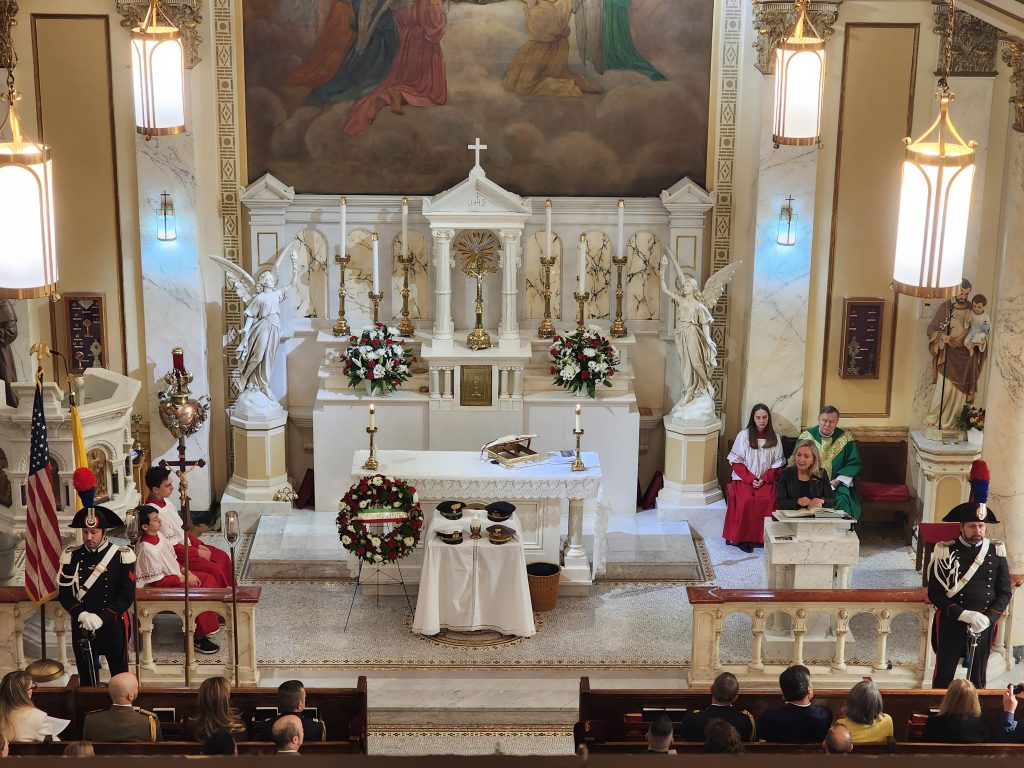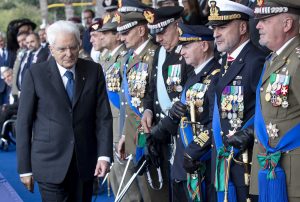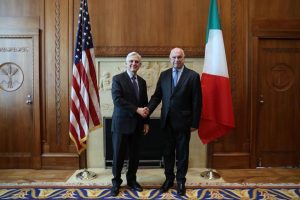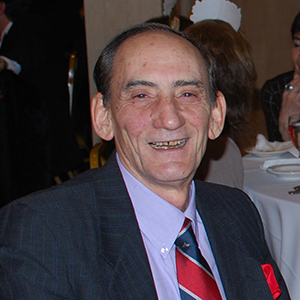
Antonio Bianchini was born in Tripoli, Libya with Italian citizenship. After WWII, he and his family, that included four siblings, moved back to Rome and lived in a refugee camp for nine years. The accommodations included a single room separated by a sheet, community bathrooms and traveling three flights to gather, water. His childhood experiences included playing soccer on the AS Roma minor league team, finishing 6th place in Italy during high school in the 1500 meters and boxing.
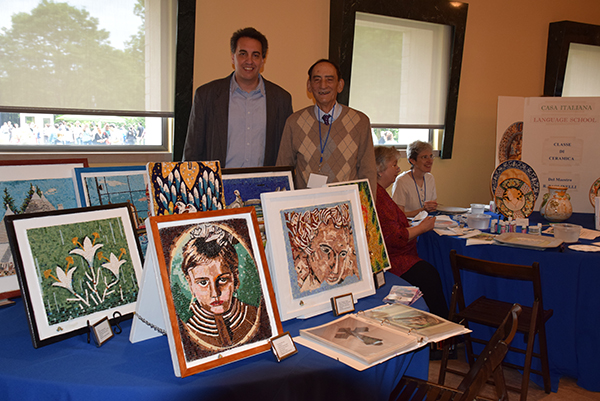
He supported his family by working at Giolittis Ice Cream shop near Piazza di Spagna, the opera house in Rome and other food service related establishments. He traveled from Italy to New York aboard an ocean liner with a suitcase and a roll of salami given lo him by his mother. Upon arrival, sadly, the salami was not allowed through customs. His older brothers Orazio and Salvatore brought him to Washington DC to start his new life.
He worked as taxi cab driver before starting his career in the restaurant service business. He worked at the Occidental and Le Pavilion before spending most of his career at the Jockey Club restaurant in the Ritz Carlton on Massachusetts Avenue. Through the years, he traveled to Italy, where his heart also resided, as often as possible to visit family members.
His passions in his life most times followed his Italian heritage. They included soccer, mosaics and gardening, history and opera. As a young man, he was among the founding members Prince William County Soccer league working as the Referee Coordinator. He coached his sons in soccer for over 30 years in PWSI as well as in the Washington international Soccer league based out of Washington, D. C. Later in. life, he educated himself in gardening and keeping up with the heavy maintenance of roses.
Bianchini first fell in love with mosaics when he took a course with maestro Matteo Randi from Ravenna, Italy, at the Casa Italiana Sociocultural Center. After a visit to Ravenna, where he took further mosaic courses, he turned his part-time hobby into a full-time labor of love. Antonio’s mosaics were inspired by classic mosaics — Greek, Roman, and Byzantine. He fondly recalled his visit to Piazza Armerina, in Sicily, site of the Villa Romana del Casale and its mosaics. His mosaic artworks include nature and historical themes, but he was very proud of his religious pieces. His portrayals of the Madonna, Pope John Paul II and Mother Teresa have been donated to churches in the D. C. area and Krakow, Poland. He would venture out with new ideas such as decorating flower pols with tesserae for his sons and close friend Bianca. He reveled in historical and philosophical discussions regarding the Roman Empire, WWII and history in general. Like his father, he took pride in being knowledgeable on a broad array of topics. His work was uniformly praised within the community and at mosaic shows throughout the country.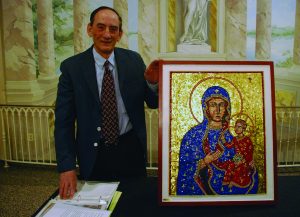
Laughter, ingenuity and knowledge always surrounded him in his interaction with people throughout life. He will be missed by the Italian American community in Washington.
Antonio Bianchini (November 12, 1039 – January 2, 2019)
